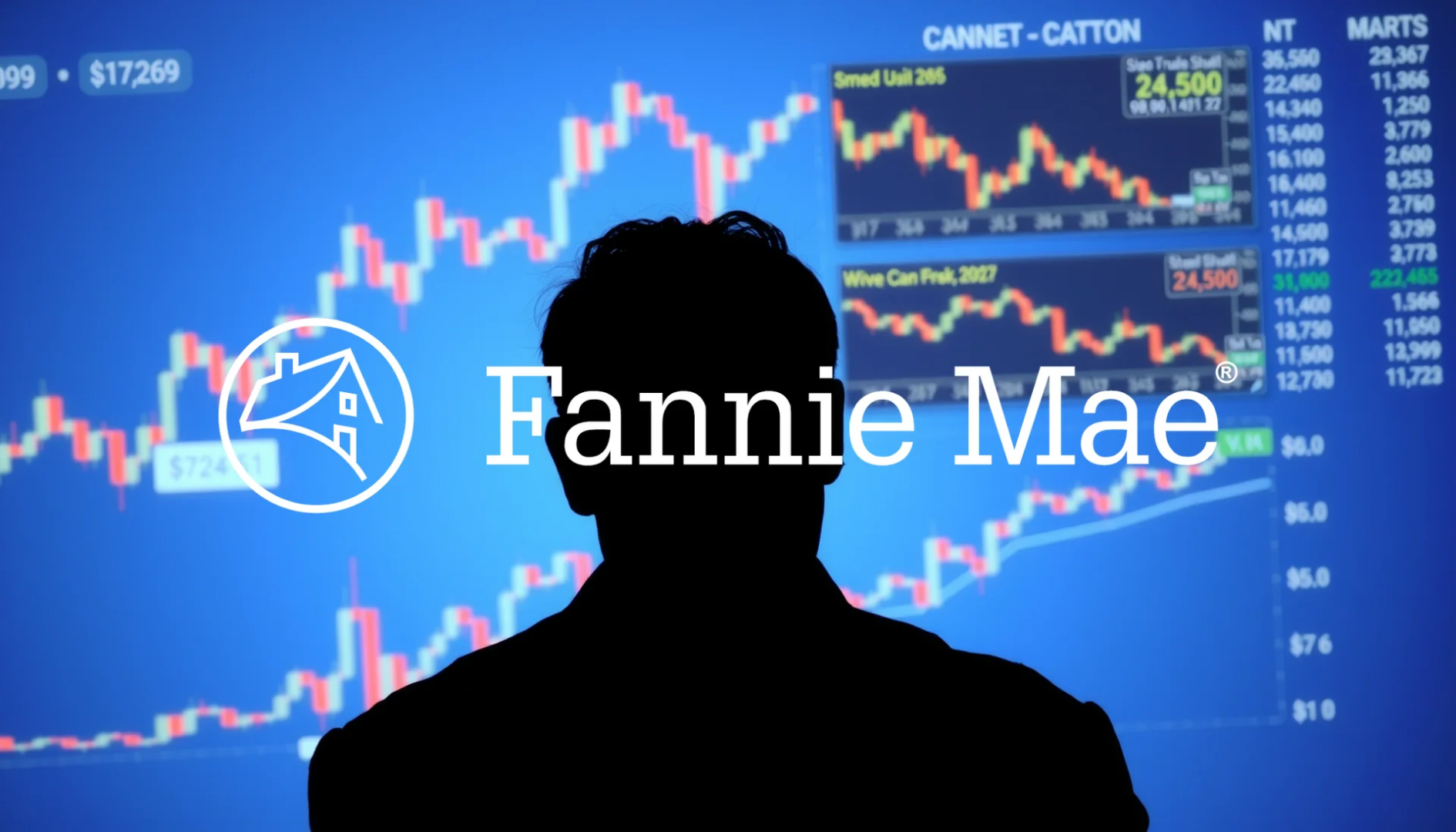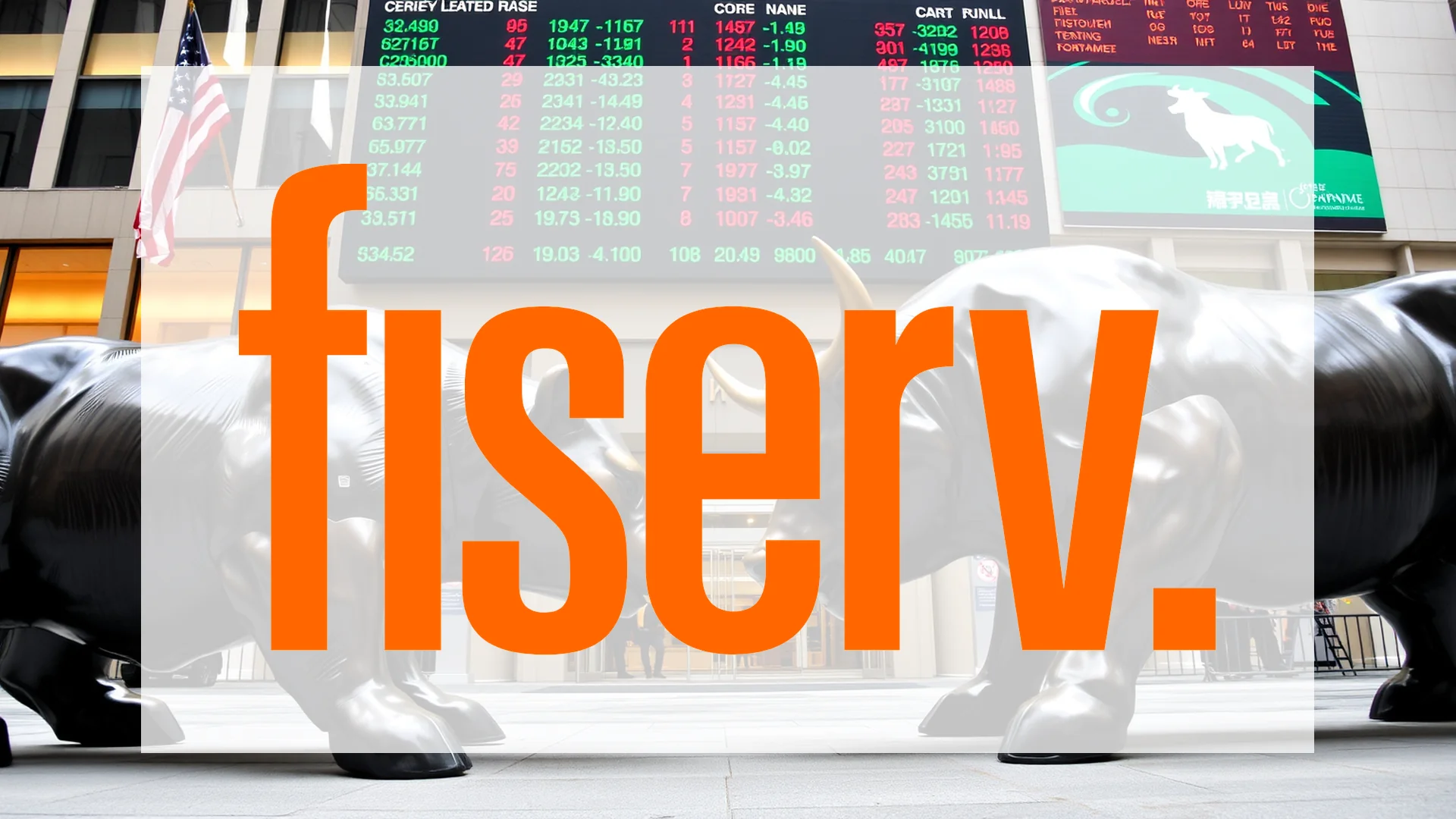A dramatic intervention by billionaire investor Bill Ackman has upended the anticipated initial public offering for mortgage giant Fannie Mae. In a widely followed presentation, the Pershing Square founder presented an alternative pathway that could potentially see the company’s shares trading publicly much sooner than through traditional IPO channels.
Investor Opposition Halts Government Strategy
Bill Ackman has publicly rejected plans for Fannie Mae’s public market debut, stating that “selling shares to the public is neither feasible nor desirable at this time.” This declaration directly contradicts the U.S. government’s proposed exit strategy after 17 years of federal conservatorship.
Financial institutions had been actively competing for the lucrative underwriting assignment ahead of the expected offering. Ackman identified the continuing insufficient capitalization of the government-sponsored enterprise as the central obstacle to a successful public listing.
Accelerated Exchange Relisting Proposed
Rather than proceeding with a conventional IPO, Ackman outlined a multi-phase approach designed to methodically transition the company from government control. His “crawl, walk, run” strategy emphasizes stability and systematic progression.
Should investors sell immediately? Or is it worth buying Fannie Mae?
The key components of his proposal include:
- Repayment of government preferred shares issued during the 2008 financial crisis
- Exercise of warrants by the U.S. Treasury Department to acquire 79.9% of common shares
- Relisting of Fannie Mae stock on the New York Stock Exchange
Notably, Ackman suggested that relisting on the NYSE could occur within weeks rather than months, as the company already meets exchange requirements. This would enable institutional investors to reestablish positions in the mortgage financier.
Safeguarding Mortgage Market Stability
The prominent investor cautioned that a hastily executed and potentially unsuccessful public offering could pose significant risks to the crucial U.S. housing finance system. His structured exit blueprint would provide a three-year timeframe for regulators to resolve complex issues surrounding capitalization, government support mechanisms, and corporate governance structures—all without the pressure of an imminent IPO deadline.
Ad
Fannie Mae Stock: Buy or Sell?! New Fannie Mae Analysis from November 19 delivers the answer:
The latest Fannie Mae figures speak for themselves: Urgent action needed for Fannie Mae investors. Is it worth buying or should you sell? Find out what to do now in the current free analysis from November 19.
Fannie Mae: Buy or sell? Read more here...













